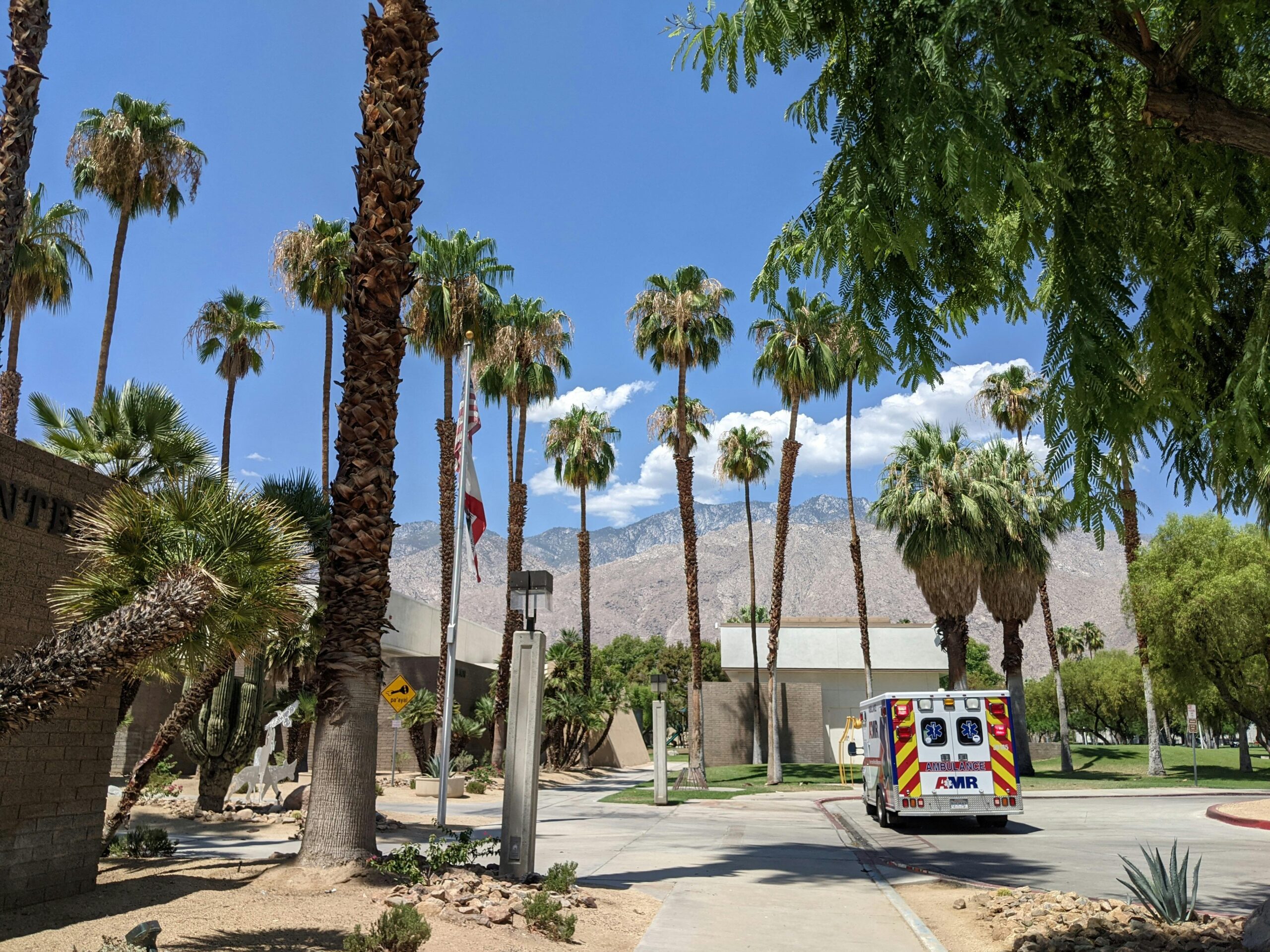In recent years, the design of behavioral healthcare centers has shifted towards creating environments conducive to therapy and healing. A central element of this evolution is the integration of landscapes, which plays a vital role in enhancing mental and emotional well-being for both patients and staff. This article delves into the benefits and design considerations for landscape integration, providing insights into how these environments can transform healthcare experiences.
Behavioral healthcare environments often induce anxiety due to their complex layouts. Thoughtfully designed landscapes with intuitive pathways and unique spaces can significantly alleviate stress. For example, incorporating garden paths, water features, and sculptures as natural wayfinding tools helps navigate the space while reducing feelings of disorientation. These elements create an environment that feels safe and welcoming, rather than institutional [Gubbels, 2017].
Mental healthcare facilities require a balance between security and freedom. Integrating secure courtyards and private green spaces can offer patients a sense of control over their environment without imposing elements like fences or barbed wires. Vegetation strategically placed can provide visual privacy, while sounds from fountains create a comforting atmosphere, thus facilitating a more personal connection with nature [Salonen et al., 2012; Ulrich, 2008].
Landscapes that include walking paths and open exercise areas offer significant physical and emotional benefits. These spaces reduce stress, depression, and anxiety, while promoting social interactions. By facilitating group activities and interactions in an outdoor setting, these landscapes help overcome feelings of isolation, thus playing a therapeutic role in the patients’ recovery journey [Marcus & Sachs, 2014].
The therapeutic benefits of a noninstitutional environment are substantial. Landscape integration aims to create a homelike feel that is both secure and comforting. Essential components such as shaded areas cater to patients sensitive to sunlight due to medication, while a holistic design approach offers a sense of freedom and autonomy, essential for patient well-being [Niamh, 2020; Marcus & Barnes, 1999].
Providing outdoor retreats for healthcare staff is equally crucial. Separate spaces designed for staff can reduce burnout and stress, helping caregivers reconnect with their roles. These retreats offer moments of peace, which are vital for maintaining a high level of care. Facilities designed with staff well-being in mind report improved morale and retention [Ulrich et al., 2010].
Successful landscapes in behavioral healthcare centers also integrate the facility within the broader community. Designing inviting gardens or trails encourages interaction between patients, their families, and community members, which helps in reducing stigma associated with behavioral health centers. Community-based activities, such as markets or exercise paths, enhance the sense of belonging and collective support, further fostering an environment of wellness and acceptance [Stigsdotter, 2004].
References
- Gubbels, J. S. (2017). Innovations in Mental Healthcare Design: Landscape Integration Strategies. Journal of Healthcare Architecture.
- Salonen, H., et al. (2012). The Healing Power of Nature: Enhancing Therapeutic Landscapes in Healthcare Settings. Environmental Health Perspectives.
- Ulrich, R. S. (2008). Healthy Green Living: Addressing Mental Health through Natural Spaces. Therapeutic Landscapes Network.
- Marcus, C. C., & Sachs, N. A. (2014). Therapeutic Landscapes: An Evidence-Based Approach to Designing Healing Gardens and Restorative Outdoor Spaces. John Wiley & Sons.
- Niamh, P. B. (2020). Creating Homelike Environments in Healthcare Design. Healthcare Design Magazine.
- Ulrich, R. S., et al. (2010). Greening Health Settings: Best Practices for Integrating Landscapes in Behavioral Facilities. The Center for Health Design.
- Stigsdotter, U. K. (2004). Promoting Community Integration: Nature-Based Solutions in Urban Planning. Urban Forestry & Urban Greening.
